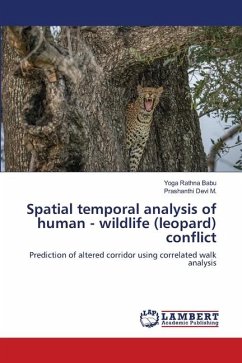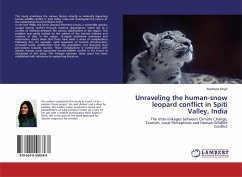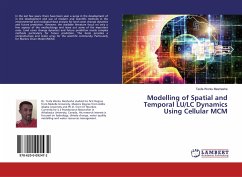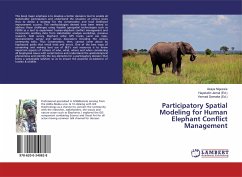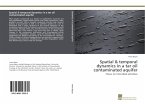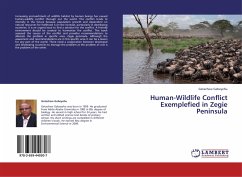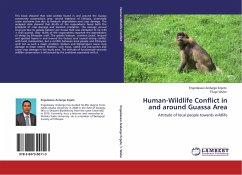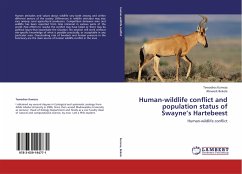Human wildlife conflicts has been under the lens for a long time. Human response to the conflict situations vary. On one hand, Indians are known to be surprisingly tolerant; but in other cases, people retaliate against wildlife which drives these species to extinction. Conflicts is one of the threats to long term survival of 75 per cent of the world's most iconic species like wild cats. The Indian leopard is reclusive by nature. However, in recent times the animal is seen venturing into human habitation because of dwindling prey base, habitat loss and poaching. The aim is to study the cause, patterns and factors influencing the Human - Wildlife (leopard) Conflict at Valparai, India and to use Spatial Temporal approaches to suggest altered corridors using correlated Walk Analysis to reduce human - leopard interactions. The altered corridor is a suggestion to minimise and limit the movement of animals and humans based on road network and frequency of human population & settlements.The distance based estimated path of HWC is a hotspot where officials must concentrate on alertness and protection measures.
Bitte wählen Sie Ihr Anliegen aus.
Rechnungen
Retourenschein anfordern
Bestellstatus
Storno

